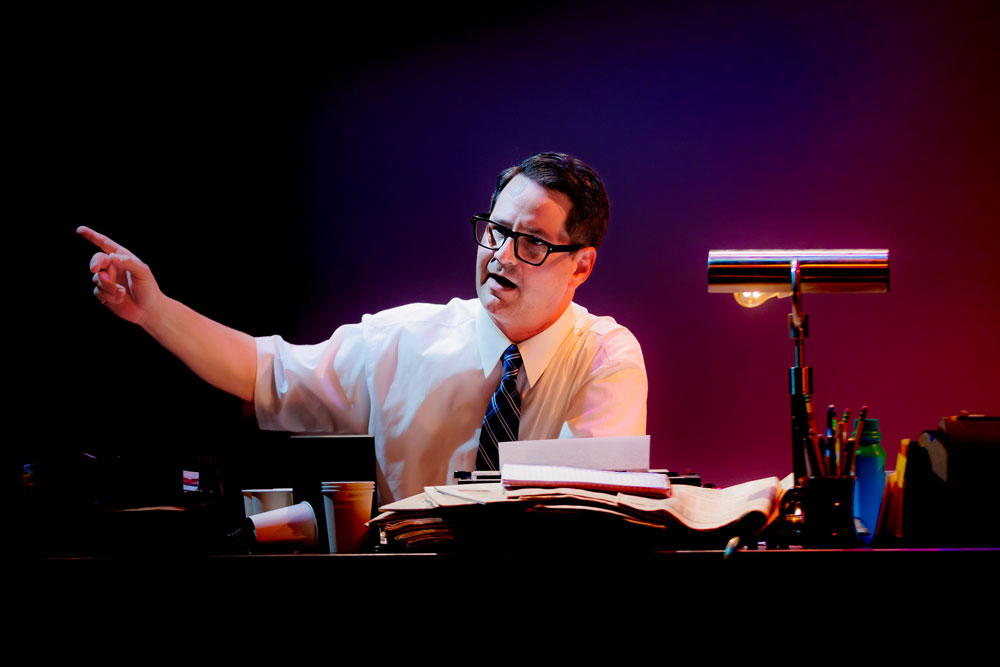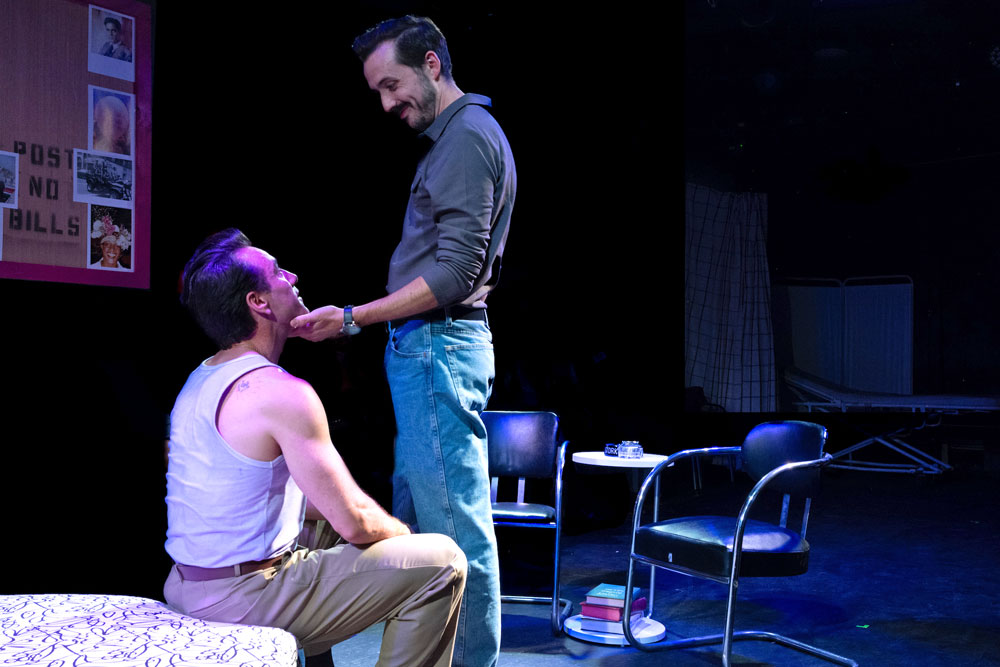The Art Institute took the name of its arrestingly interesting exhibit of black and white photographs, Never A Lovely So Real: Photography and Film in Chicago, 1950 – 1980, from a Nelson Algren book, Chicago: City on the Make, where he mulls his love/hate regard for the city. The show sagely examines the duality of feelings the city still engenders among many of its residents. To add resonance to the exhibit’s impact, curators quite intentionally mounted works that, in unexpected ways, expose the human responses to living in a demanding and often brutal city. All of the images in the exhibit follow Algren’s predilection for revealing the plight of the not often considered and the otherwise invisible.

The thirty-year window captured in the lenses of pioneering photographers of the period are remarkably notable from just about any perspective you’d choose to view them. Historically, politically and socially, the three decades act as flashpoints that continue to define Chicago as we know it.
One of the period’s most lasting legacies was the witnessing of the largest as well as the final resettlement of black Americans from the south to urban centers in the Midwest, East and West during the Great Migration. Black Americans left the South in the millions beginning in 1901 with the exodus peaking in the forties and fifties. By the time the influx ended in the seventies, Chicago’s black population exploded from a mere 2% to an astonishing 33%. Strict covenants restricting where they could live laid the foundation for the entrenched segregation that exists today.

This may be why the bulk of the Never a Lovely So Real exhibition takes an insider’s look at Chicago’s black community as it sought strength, solace and solutions for its compromised existence in Chicago. From Gordon Park’s incomparable eye, we see stunning images of congregants of the powerfully influential Metropolitan Missionary Baptist Church and are shown intimate and intense photographs of Black Muslims as they worshipped, organized and educated themselves with the goal of bettering their lives in an exclusively black context.

Darryl Cowherd’s photographs subvert history’s headlines and reveal the ways the Black Panther Party benefited the community with after school programs and by providing meals for children. Great photography penetrates beyond an image’s hard reality to expose feelings and unveil an action’s essence. Here, compassion, dignity and humanity are the essential takeaways.

Stepping away from the political and the religious to show how people came together to relax, romance, or rejoice in a thoroughly secular milieu, Valeria “Mikki” Ferrill’s images of “The Garage” glorify the joy of life. A legendary haunt of the period, the makeshift gathering spot was where the appreciation of self and the love of place merged to create a space for revelry unique to the African American experience. A place where music and dance combined to create a language of uplift.

But the exhibit’s intent is to also provide a view of Chicago that looks beyond the black community to see how those decades were realized in other neighborhoods as well. One wing of the show profiles neighborhoods that acted as entry points for others escaping adversities and hoping to gain a toe hold to a better life.

Uptown, Humboldt Park and the near West side were all such magnets and for those like Danny Lyon and Luis Medina who used their cameras to write their stories; we’re shown, as if through a time capsule, fortitude, defiance and among the very young, a guarded optimism that can sometimes be found on the faces of those on the periphery.
Never A Lovely So Real: Photography and Film in Chicago, 1950 – 1980
Galleries 1 – 4
Closes October 28, 2018
The Art Institute of Chicago
111 S. Michigan Avenue
Chicago, IL 60603

![PrideArts [title of show] Raining Gold](https://rowgseat1.com/wp-content/uploads/2024/09/a53939222075_ceaf585bae_k.jpg)
